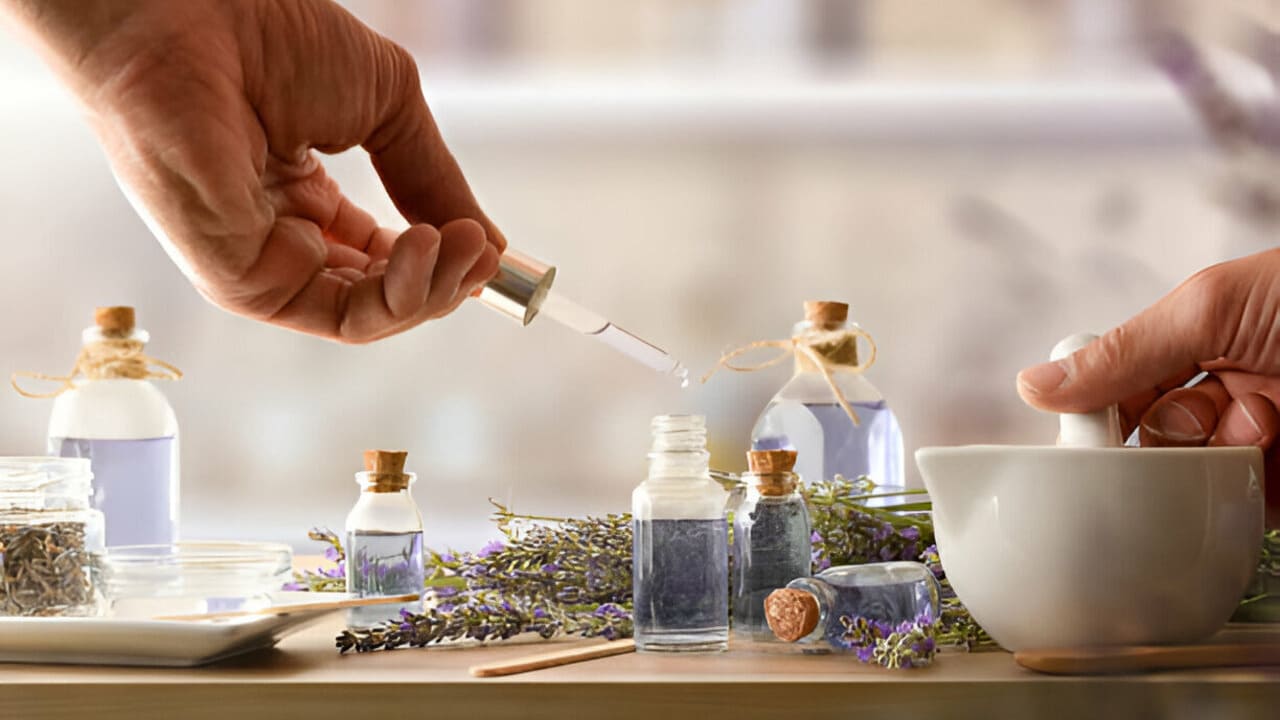Table of Contents
ToggleHave you ever wondered how your favorite perfume is made? That little bottle of fragrance that can evoke emotions and memories has a rich history behind it. What started as producing scents from nature’s elements, such as flowers, species, and oil, for everyday personal care has now become a multi-billion dollar industry globally.
Perfume making is like creating a beautiful piece of art. It combines nature, science, and creativity to create scents that can make you feel confident or even bring back special memories. Over time, the process of perfume manufacturing has evolved to meet the changing trends of the industry. In this article, you will learn all about perfumes, their history, and different methods for creating enchanting fragrances.
The Ancient History of Perfume Making
Perfume has been a part of human life since ancient times. Humans have been making scents from nature, like dried herbs, animals, and burning wood, forever. The history of perfume-making dates back to 3000 BCE in Ancient Egypt, where perfumes were highly valued for rituals and body care by women. Scented oils and perfumes were used to honor gods and preserve the dead.
By the time of Ancient Mesopotamia, the art of perfume-making reached Greece and Rome. Around 1,500 BCE, in Mesopotamia, the first recorded perfume maker, Tapputi, created scents using flowers, oils, and water. One of the earliest methods of making perfume in this era was through maceration, which involved soaking flowers and herbs in oils or water to extract their fragrance.
During the Islamic Golden Age, Persian and Arab chemists like Avicenna and Al-Kindi and Avicenna revolutionized perfume-making by introducing steam distillation. This method made it easier to extract oils from flowers like roses and jasmine, and it was quickly adopted by Europeans during the Renaissance. During this period, perfume use spread across Europe, and it was no longer limited to royalty and became popular among the wealthy.
During the Industrial Revolution, Perfume production reached new heights. The use of synthetic ingredients opened more opportunities to create unique and complex fragrances, and Paris emerged as the world’s perfume capital.
In recent years, perfume has become accessible to everyone. To meet consumer demands, personalized and sustainable products are very much in demand. From its beginnings in ancient rituals to the elegant bottles we see today, perfume has truly come a long way.
Key Ingredients Used For Making Perfume
But one question may arise in your mind: How exactly perfume is made? Perfume is made from different ingredients that create a unique smell. These ingredients can come from plants, flowers, fruits, or even animal secretions. For fragrances that don’t occur naturally, they can be made in the lab using synthetic chemicals. Let’s take a look at some of the most important ingredients used in making perfume.
Most-used natural ingredients
Flowers
- Rose
- Jasmine
- Lavender
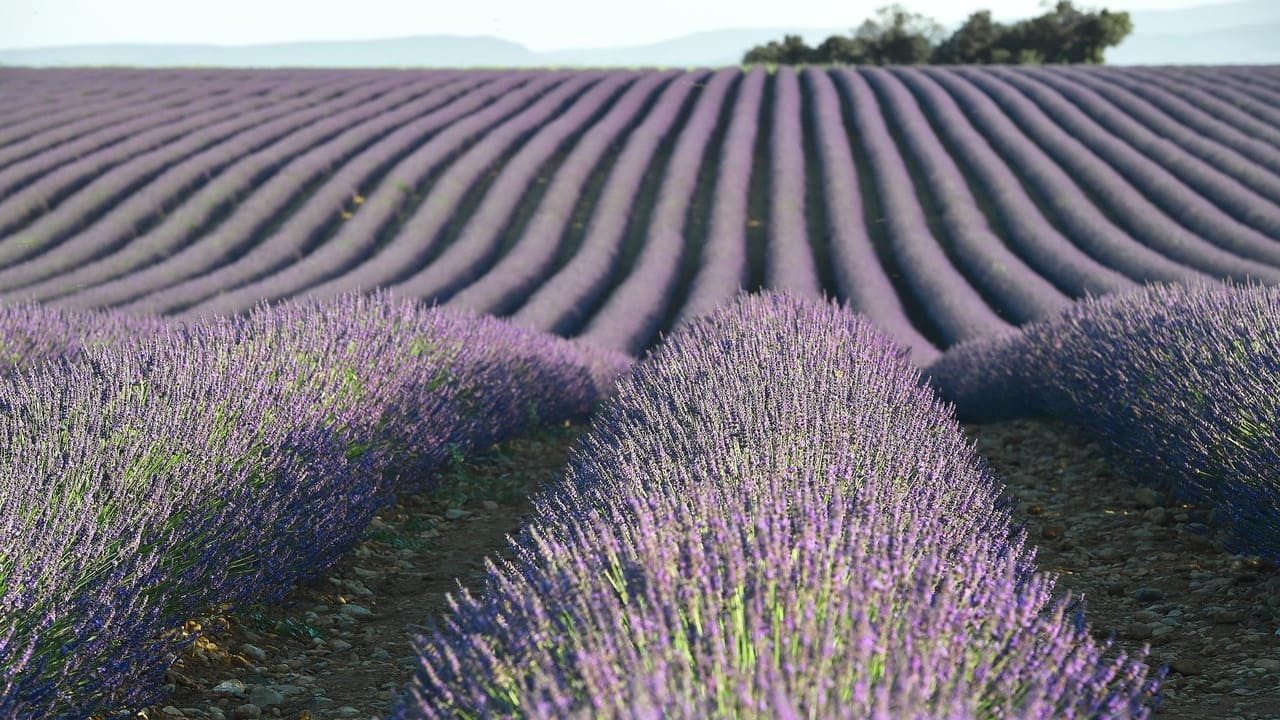
Fruits
- Citrus (Lemon, Bergamot, Orange)
- Apple
Wood
- Sandalwood
- Caerdawood
- Frankincense (also called Olibanum)
- Myrrh
Spices
- Cinnamon
- Cardamom
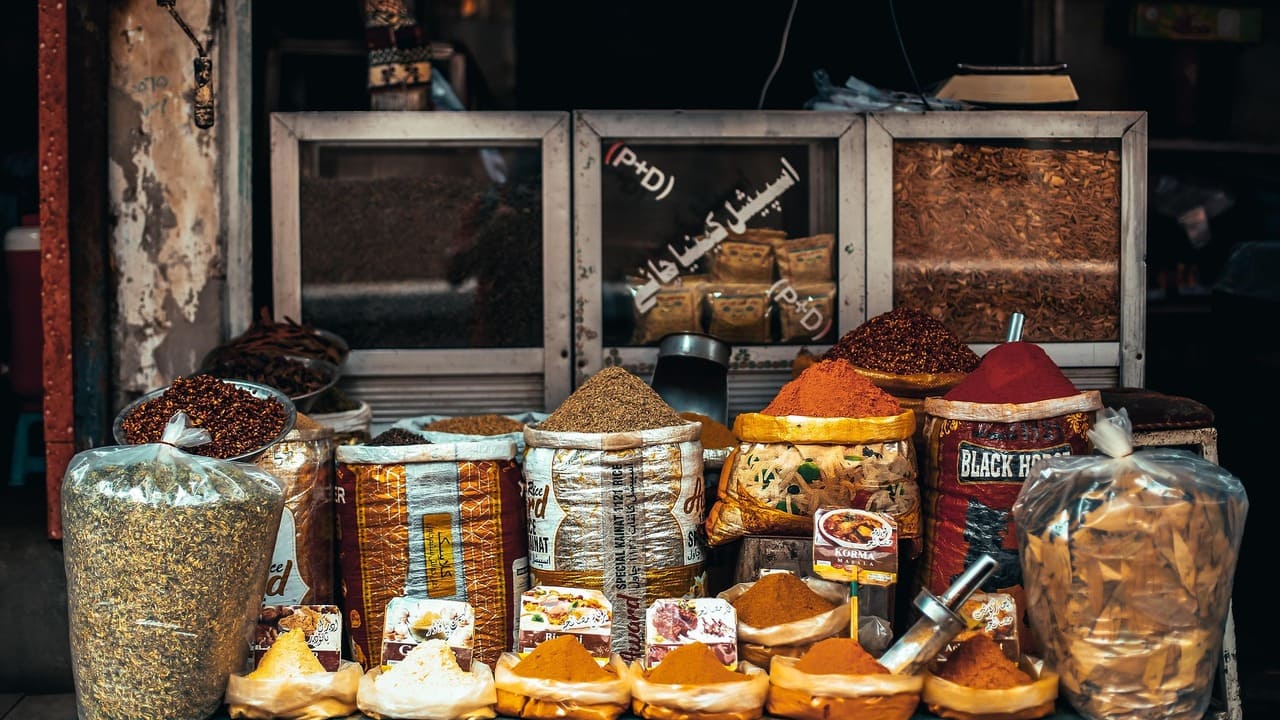
Herbs
- Basil
- Thyme
Synthetic ingredients
- Aldehydes (smell like soap, wax, or fruit)
- Synthetic Musk (smells like musk found in animals)
- Iso E Super (woody smell)
- Calone (smells like ocean or rain)
- Vanillin (smells sweet like vanilla)
Uncommon natural ingredients
- Ambergris (comes from whales)
- Oud (Agarwood)
- Castor from beavers
- Musk from male deer
- Labdanum (resin of a plant)
How A Bottle of Perfume is Made?
Step 1: Sourcing Raw Materials
The first step in making perfume is gathering the ingredients. These ingredients come from plants, flowers, fruits, spices, and sometimes animals. Perfume makers carefully pick the best ingredients, like rose petals for a sweet smell or lemon for a fresh scent. The quality of these raw materials is very important because they help create the final fragrance.

Step 2: Extracting Aromatic Essential Oil
Once all the ingredients are gathered, the process of extraction begins.
Solvent Extraction
Solvent extraction is a method used to get fragrance oils from plants or flowers. Flowers in large quantities are put in a huge rotating drum or tank. A special solvent, like benzene or petroleum ether, is poured to soak the flowers. Gradually, the flowers are completely dissolved in the solvent, releasing a concentrated essential oil or absolute. To produce the perfume from essential oil, the waxy substance is then separated and diffused in the ethyl alcohol. This method is excellent for delicate flowers that can’t handle heat. It also creates a strong, pure fragrance that is used in perfumes.
Steam Distillation: A Classic Approach
Steam distillation is a very old and popular method that is used to separate scents from plants. In this process, the natural ingredients are put into a still, which is a special apparatus used for the distillation of alcohol. Then steam is passed through it. The heat from the steam releases the oils into the air. The steam and oils then travel through tubes. They then cool down in a special container, where the oils separate from the water. This method is especially useful for getting a natural fragrance from ingredients like lavender and rosemary.
Expression
Expression is the oldest and most simple method for extraction. It is used mostly for extracting oils from citrus fruits, like oranges, lemons, and grapefruits. In this process, the peels of the fruit are pressed or squeezed to release the oils. The oils are then collected and used for perfumes.
Enfleurage
This simple method is often used for extracting oil from delicate flowers that cannot be heated. In Enfleurage, fresh flowers are placed in a layer of fat or oil for several days. This layer absorbs the fragrance of the flowers. The fat is then separated from the flowers, and the scent is extracted from it.
Maceration
Maceration is quite similar to enfleurage. In this process, the plant material is soaked in oil or alcohol. Over time, the liquid absorbs the fragrance from the plants. After soaking for a few days or weeks, the liquid is separated, and the fragrant oil is ready to be used in perfumes. Maceration is a gentle method, especially useful for extracting scents from delicate flowers.
Step 3: Crafting Fragrance Profiles: The Art of Blending Notes
Creating perfume is like making a beautiful piece of music. After separating the oils, different ingredients are blended together to create an aromatic fragrance. However, the oils are blended according to the predetermined formulas. These formulas are derived after several years of experimentation by the master in the industry known as “nose.” A master can mix hundreds of ingredients, and it may take years to create a fragrance.
A perfume usually consists of three types of notes: Top notes, middle notes, and base notes. Top notes are the first scent that you smell after spraying the perfume. It is usually like citrus or herbs and doesn’t last long. The middle note is the heart of the perfume with floral and fruity scents. It is stronger and lasts longer. The final scents that stay the longest are the base notes with musk, vanilla, or woody smell.
Blending different ingredients in these notes creates a balanced and long-lasting perfume.
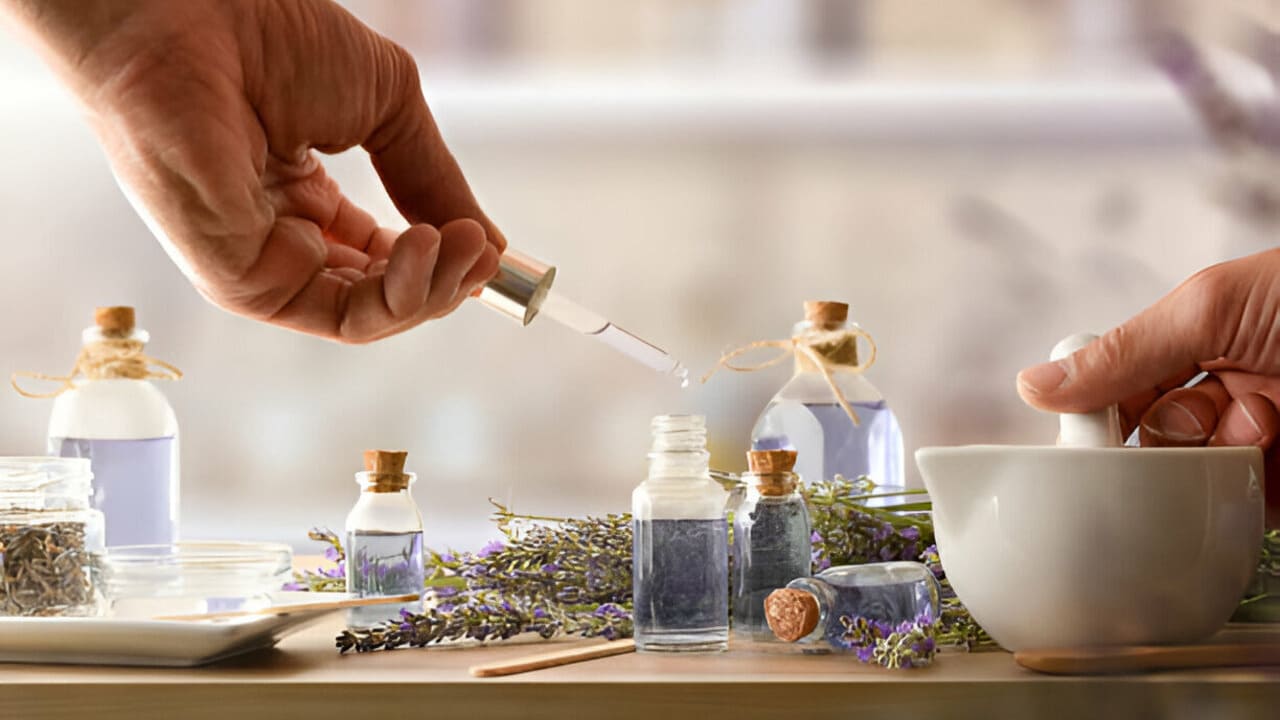
Step 4: Aging and Maturation: Refining the Scent
Aging is an important step in perfume making. Just like wine, some perfumes become better over time. After the fragrance is blended, it is left to sit for a while in a cool, dark place. This process allows the different notes to mix and settle, creating a smoother and more harmonious scent. High-quality perfumes take months or years to age.
Step 5: Quality Checks to Meet Industry Standards
While manufacturing the perfumes in the factory, it is important that after aging and maturation, they go through a thorough inspection. The perfume is carefully tested to check if it smells the way it should. Moreover, it is made sure that the final product doesn’t have any toxic or banned ingredients.
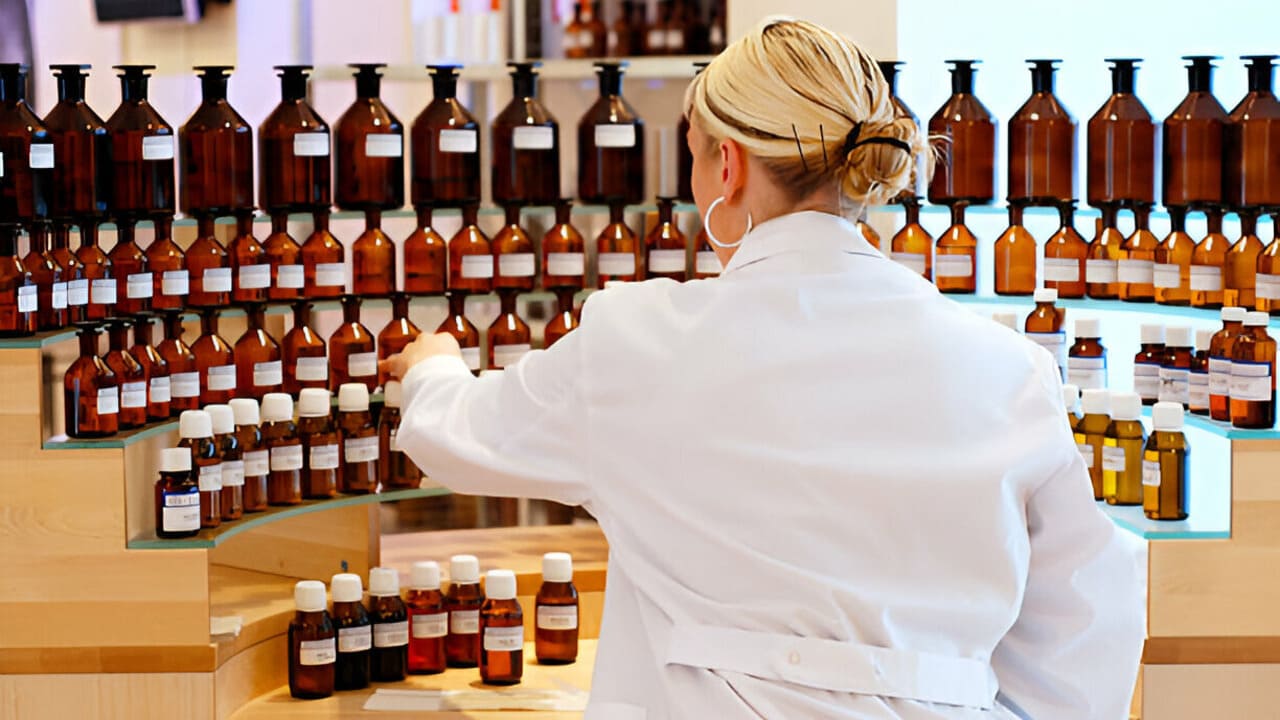
Challenges in Perfume Production
Like any other industry, perfume-making also faces certain limitations and challenges:
Ingredient Shortages
Many perfume ingredients, especially natural ones, come from plants and animals that are not always easy to find. Climate change, over-harvesting, and land development can reduce the supply of these ingredients. Oud (Agarwood) is one of the rarest and most expensive ingredients in perfumery. It comes from the resin of Aquilaria, a tree found in Southeast Asia. The resinous trees are extremely rare and difficult process to harvest. Musk is another ingredient that is sourced from the glands of musk deer. It is highly valuable and difficult to find.
High Costs
The cost of making perfume can be very high. Rare ingredients, like certain flowers or spices, can be expensive to source. The methods used to extract oils, like distillation or enfleurage, can also be costly. This leads to higher production costs, which may be reflected in the final price of the perfume.
Ethical Sourcing Concerns
As consumers become more aware of environmental and ethical issues, perfume makers must ensure that their ingredients are sourced responsibly. Some elements come from endangered species or ecosystems, raising concerns about sustainability. Brands that manufacture perfumes are working on finding more eco-friendly and ethical ways to obtain these materials.
Current Perfume Trends and Sustainability
The Conscious Consumer: Sustainability in Focus
With sustainability on the rise, many consumers want their perfumes to smell good and be kind to the planet. They are now choosing perfumes made with natural, eco-friendly ingredients. They also prefer brands that use recyclable packaging and avoid harmful chemicals.
Perfume companies are working hard to meet this demand. Some are using sustainable farming practices to grow flowers and plants like roses, lavender, and patchouli using eco-friendly methods. These methods include reducing water use, avoiding harmful pesticides, and using organic fertilizers.
Moreover, synthetic ingredients like musk and synthetic ambergris are produced in the lab to protect endangered natural resources. These lab-made alternatives replicate the scent without harming animals or depleting natural resources.
The Rise of Experiential Perfume Buying
Perfume shopping is no longer just about picking a bottle off a shelf. Today, it’s becoming an experience. Customers want to explore scents in a more personal and memorable way. Many perfume manufacturers now offer interactive perfume bars where shoppers can mix their own fragrances. Some stores even have scent workshops, where customers learn about different notes and create a signature perfume.
Online shopping has also embraced this trend. Brands send out sample kits so people can try different scents at home before making a purchase. Virtual reality (VR) and augmented reality (AR) are also being used to create immersive scent experiences online. This shift shows how perfume buying is becoming a unique journey, making customers feel more connected to their chosen scents.
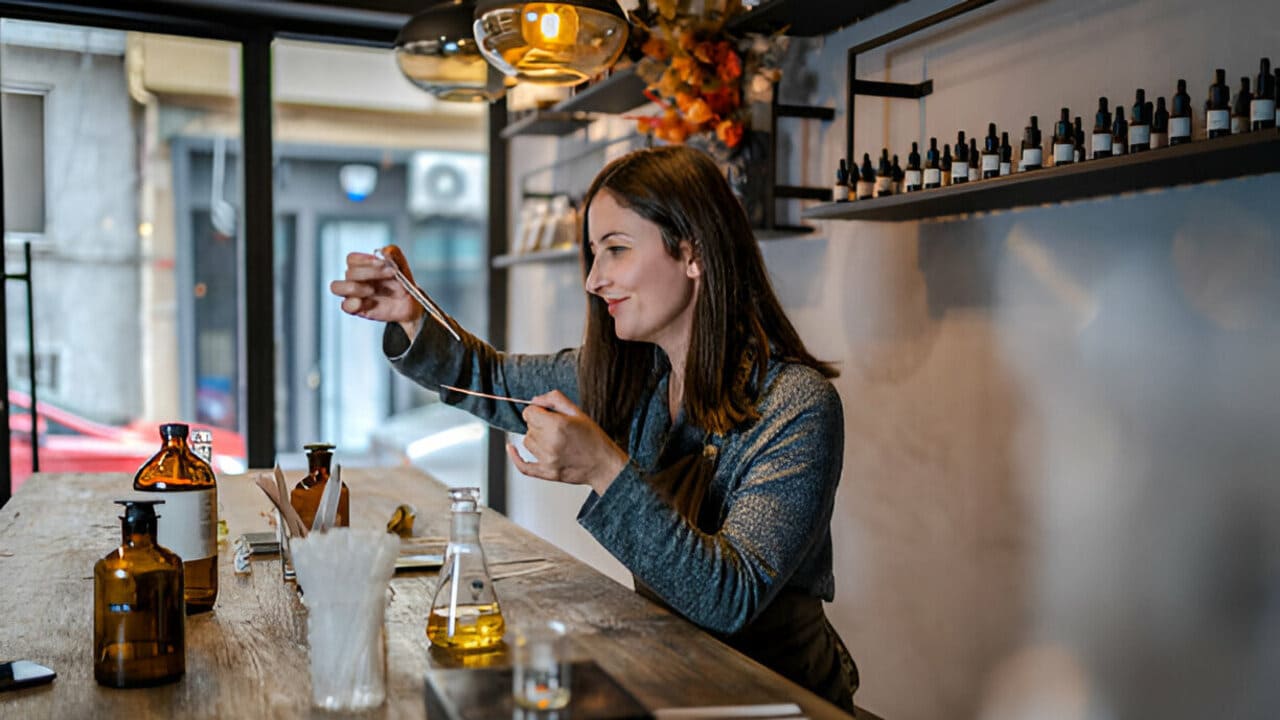
The Future of Perfumery Through Technology
The fragrance market is ever-growing. It is projected to generate a revenue of US$62.11bn in 2025 worldwide. However, technology is changing how perfumes are made. Artificial Intelligence (AI) is helping perfume makers create unique scents faster. AI helps perfumers create new fragrances by analyzing customer preferences and suggesting unique scent combinations. This makes the process faster, more efficient, and highly personalized.
With scientific innovation, perfume makers are even able to produce natural fragrances using synthetic products rather than extracting from plants and animals. While this reduced the quality and longevity of the fragrances, it reduced the cost of manufacturing.
AI can also predict how different ingredients will interact, reducing the need for trial and error. This means fewer resources are wasted during the development of a perfume.
Conclusion
Perfume making is a delicate skill that uses science and expertise to make aromatic fragrances. SOB has taken perfume-making to a whole new level by combining traditional methods with modern innovation. Their approach focuses on using high-quality, sustainable ingredients while embracing cutting-edge technology to craft unique and memorable fragrances. By investing in advanced techniques, such as artificial intelligence and eco-friendly processes, SOB ensures that every bottle reflects artistry, precision, and environmental responsibility.
So, if you are seeking a trusted partner for your perfume business, Partner with us today to get innovative and internationally competitive fragrance products for your business.

